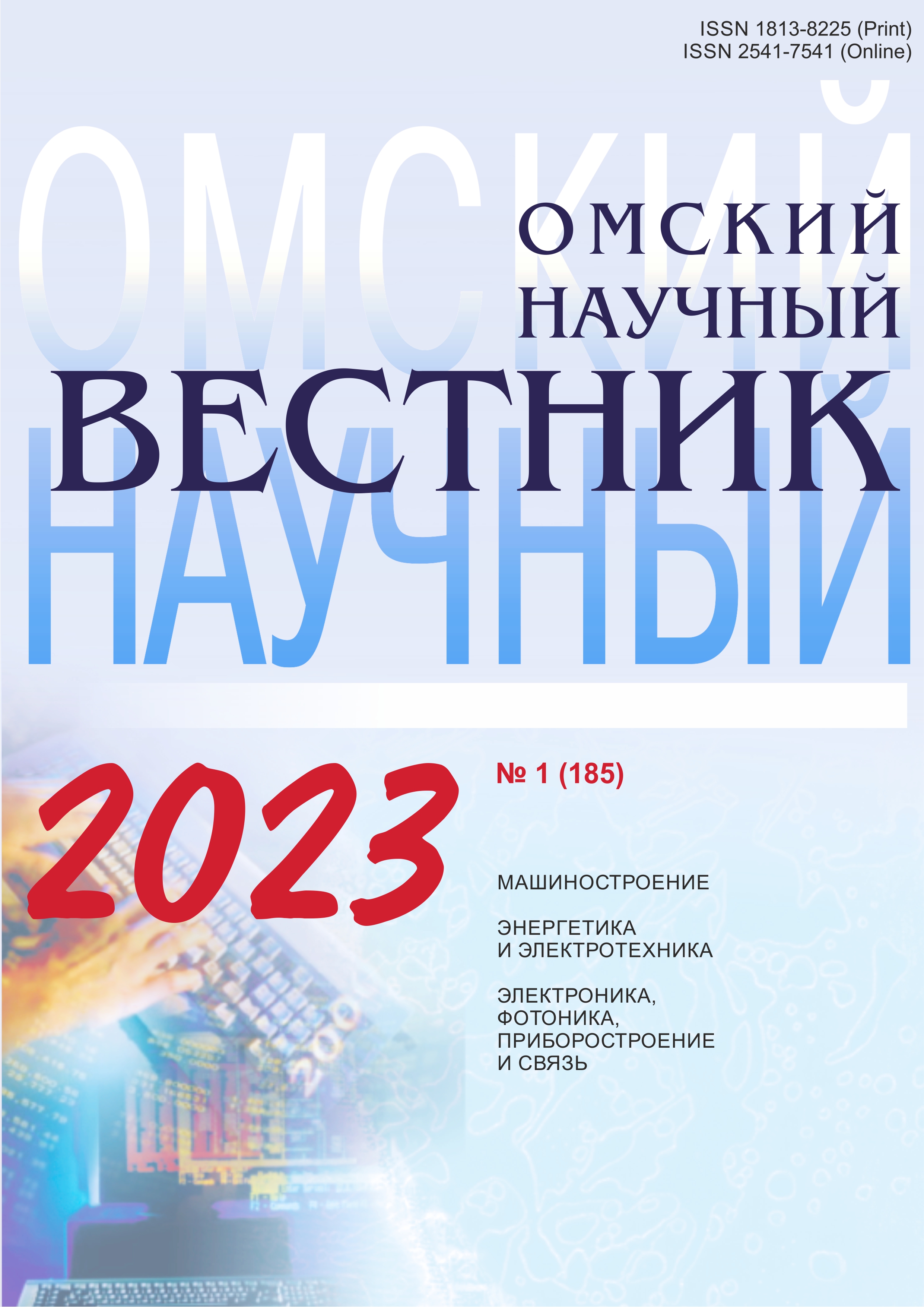Methodology for finding parameters of cutting transitions in APQP process of preproduction of new automotive components
DOI:
https://doi.org/10.25206/1813-8225-2023-185-37-45Keywords:
APQP preproduction process, experiment planning, diagnostics, technical condition, machine system, cutting modesAbstract
The article discusses the content of the methodology for assessing the technological state of the machine tool system based on the method of planning experiments for cutting pre-designed and manufactured for special precision characteristics of automotive components of product samples. Using the example of an internal landing hole, the finding of diagnostic components of a special characteristic that are the result of the action of preknown technological factors is considered. Their finding is designed for the use of both shop and coordinate measuring instruments. The obtained regression models of
diagnostic components make it possible at various stages of the APQP process to determine the intervals of the cutting process parameters that provide a predetermined margin of accuracy of a special characteristic, or to conclude that the accuracy of the machine system is inadequate. The application of the methodology together with statistical methods of quality management allows to ensure the maximum achievable level of stability of special characteristics in cutting operations, starting with the release of the first serial samples of products. The methodology can be used when selecting and evaluating
the technological accuracy of newly purchased equipment in the APQP process of preparing the production of a new automotive component, acceptance of existing equipment after modernization or repair, as well as the audit of the technological process by the auditors of the supplier.
Downloads
Published
How to Cite
Issue
Section
License
Non-exclusive rights to the article are transferred to the journal in full accordance with the Creative Commons License BY-NC-SA 4.0 «Attribution-NonCommercial-ShareAlike 4.0 Worldwide License (CC BY-NC-SA 4.0»)




